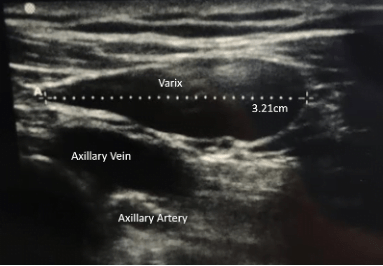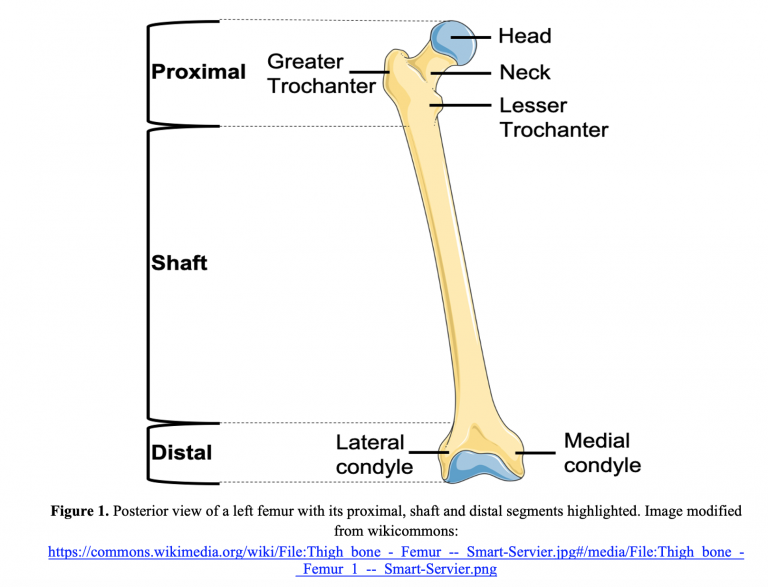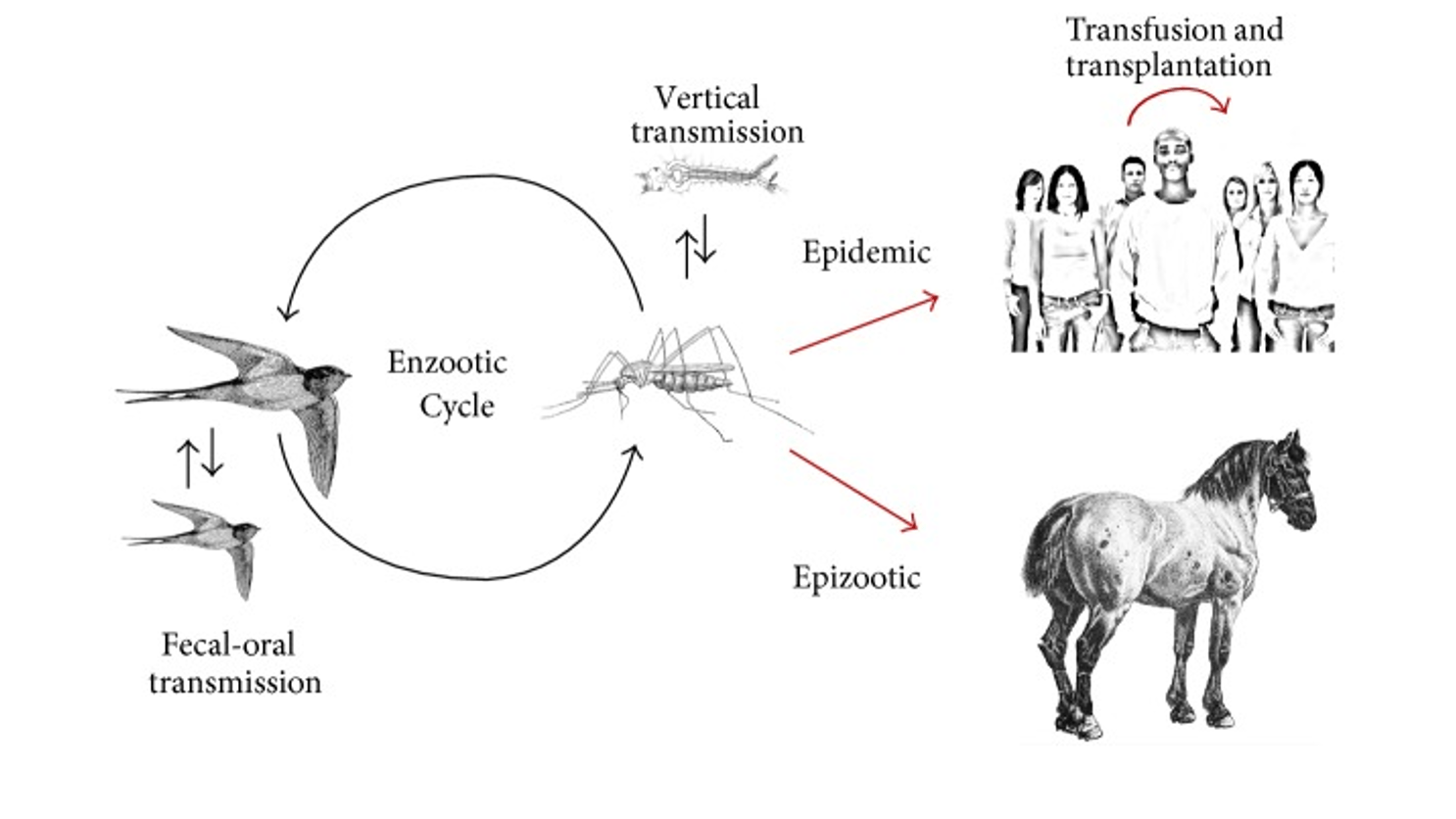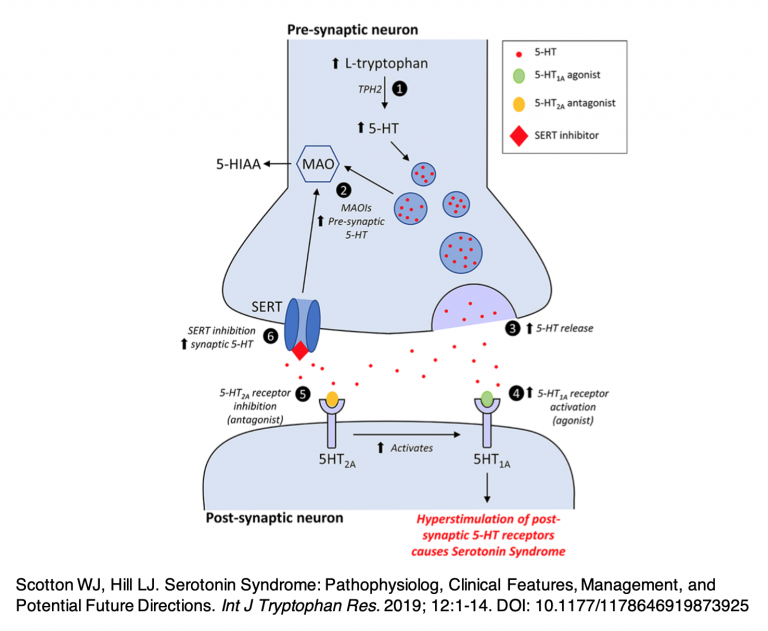Revision Resources
Recent Posts View All
April FOAMed
Acute Eosinophilic Pneumonia

Acute Eosinophilic Pneumonia is rare, but it definitely happens. It typically causes relatively rapid-onset ARDS, frequently leading to mechanical ventilation. Prompt recognition is critical, because AEP responds beautifully tosteroid therapy.
Venous Thoracic Outlet Syndrome

A 29-year-old male presents with right shoulder pain, throbbing, and swelling. He states that a bulge has appeared over his right anterior shoulder recently (Image 1). While he was doing pushups today, he began to have numbness, tingling, and weakness in his right arm. While in the waiting room, his symptoms have completely resolved.
Femur Fractures

A 65-year-old male with hypertension presents with left hip pain after a fall from standing 1 day ago. The patient tripped on a curb and fell on his left hip. He is now having difficulty bearing weight and arrived in a wheelchair. His vitals are within normal limits. On exam there is no gross deformity of his lower extremity, but he has point tenderness overlying his left greater trochanter. The patient has intact distal pulses and normal capillary refill in his bilateral lower extremities. His sensation to light touch is also intact. Strength exam in the left lower extremity is limited due to pain with movement of the left hip and knee.
West Nile Virus

West Nile Virus (WNV) is a mosquito-borne flavivirus and neuropathogen that causes a febrile illness, encephalitis, meningitis and flaccid paralysis. The virus is indigenous to Africa, Asia, Europe, and Australia. WNV is maintained in nature in a mosquito-bird-mosquito transmission cycle primarily involving Culex mosquitoes. Clinical manifestations of WNV infection range from uncomplicated West Nile fever to fatal meningoencephalitis (although 80% of cases are asymptomatic). Incidence of severe neuroinvasive disease and death increases with age.
Serotonin Syndrome

A 40-year-old female with history of depression is brought in by EMS for agitation. On arrival she is confused and diaphoretic. Vitals include temperature of 40°C, BP 150/80, HR 120, and RR 28. Exam is remarkable for muscle rigidity, hyperreflexia, and clonus of the lower extremities.
Are you sure you wish to end this session?

